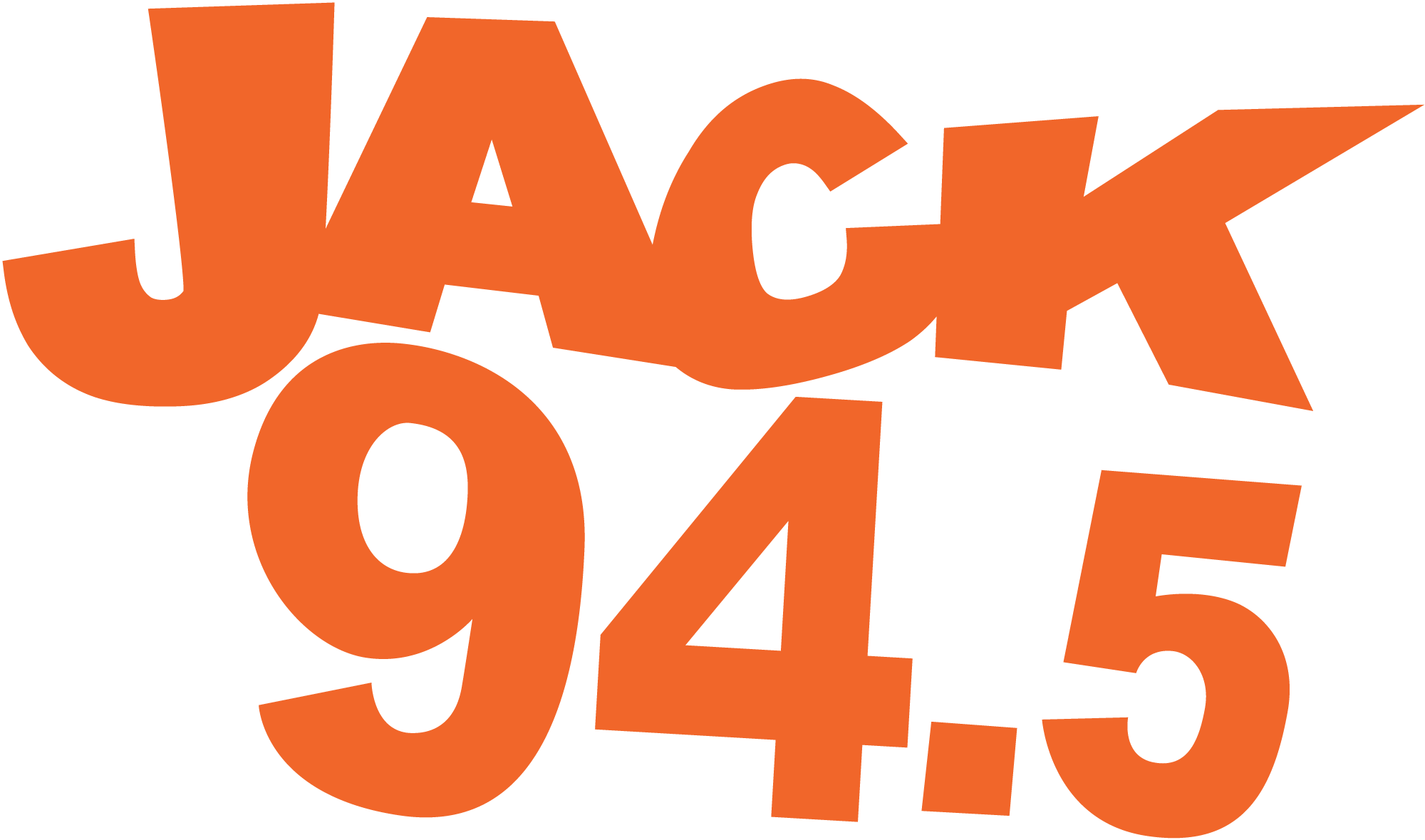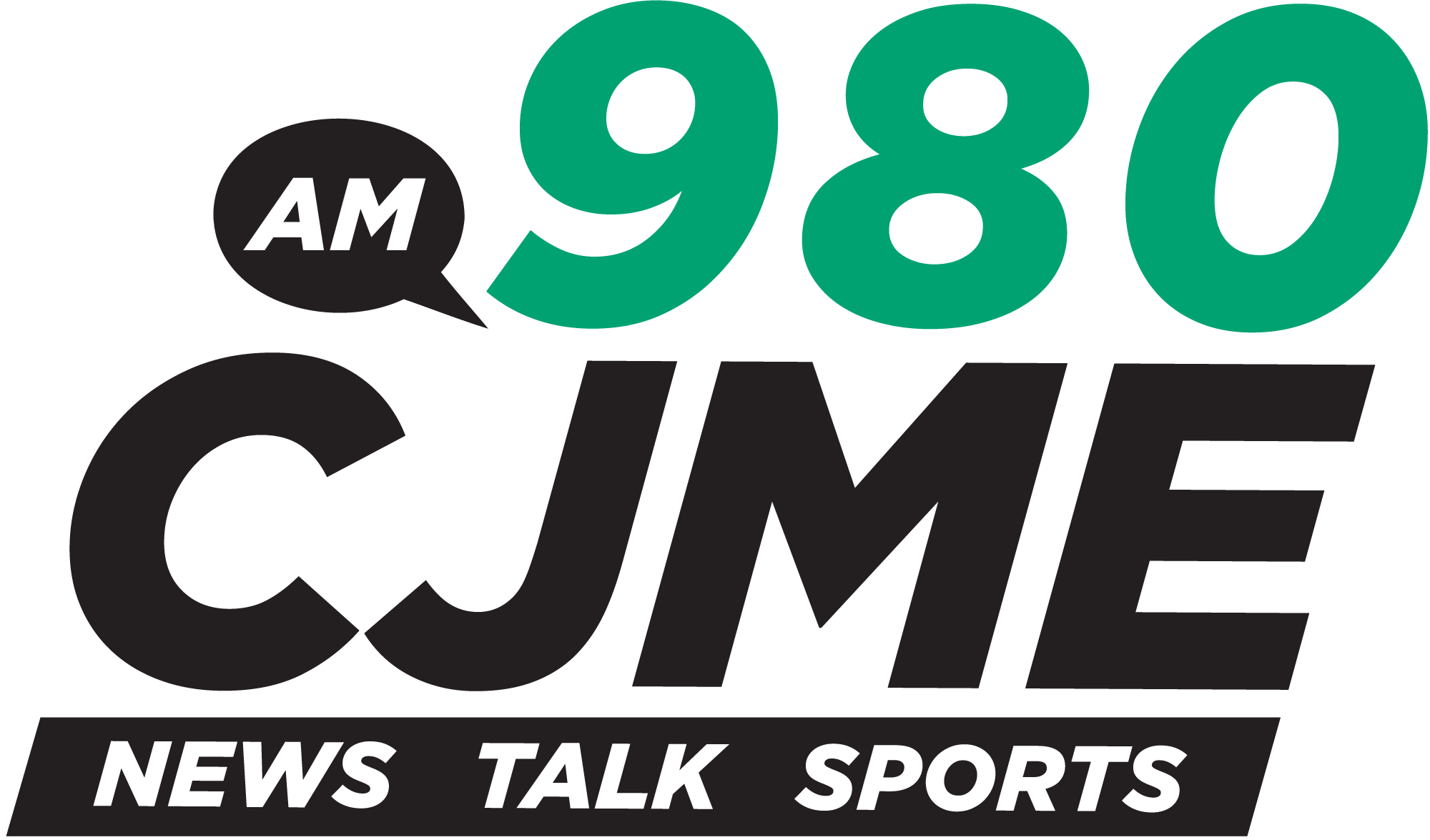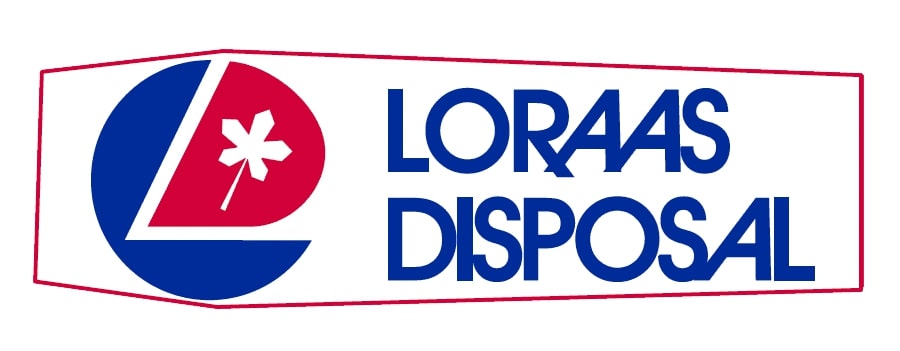Official International Rules for "Hoop" Sepak Takraw (5 Players Kicking into Suspended Hoops)
Current rules* with amendments approved by ISTAF in Bangkok, Thailand, July 2, 2007
*Re-written to be clearer, using consistent terminology and more grammatically correct than original version.
1. THE COURT
1.1. The Court – shall be constructed on a flat, smooth surface, and main playing area shall consist of a smaller inner circle and a larger outer circle that the 5 players on the same team will play within.
1.2. The Smaller Inner Circle – shall be 4 m, or 13 ft. 1 1/8 in., in diameter, from inner edge to inner edge, and the line width marking the circle shall be 4 cm, or 1 ½ in.
1.3. The Larger Outer Circle – drawn around the inner circle, shall be 16 m, or 52 ft. 6 in., in diameter, from outer edge to outer edge, and the line width marking the outer circle shall be 4 cm, or 1 ½ in.
1.4. There must be a minimum clearance space, free of all obstacles, of 8 m, or 26 ft. 3 in., above the court.
1.5. Triple Hoops Position – Above the very centre point of both circles drawn on the court, there shall be one Triple Hoops Apparatus hanging in the air that is attached to a rope, which is guided into a pulley, that is secured and in tact no less than 50 cm, or 19 ¾ in., above the top of the rims of the Triple Hoops.
2. THE TRIPLE HOOPS APPARATUS
2.1. The Triple Hoops Apparatus consists of 3 identical hoops, with inside diameters of 50 cm, or 19 ¾ in., which are joined at the sides to form a triangle. The Triple Hoops shall be made of metal that is wrapped around with foam cushioning, having a perimeter of not more than 10 cm, or 4 in.
2.2. A mesh rope netting is attached around the wrapped the metal rims of the each of the Triple Hoops and hangs down on the inside of them.
2.3. The Triple Hoops shall be hung at a height such that the bottom edge of its wrapped rims shall be 4.75 m, or 15 ft. 7 1/8 in., high above the court surface for men, and 4.5 m, or 14 ft. 9 in., for women.
3. THE OFFICIAL BALL
3.1. The Sepak Takraw ball shall be spherical, made up of one woven layer of synthetic fiber, or any other ISTAF approved materials, having 12 holes and 20 intersections.
3.2. For men, the ball circumference shall not be less than 41 cm, or 16.14 in., and not more than 43 cm, or 16.93 in. For women, the ball circumference shall not be less than 42 cm, or 16.54 in., and not more than 44 cm, or 17.32 in.
3.3. For men, the weight of the ball before play shall not be less than 170 g, or 6 oz., and not more than 180 g, or 6.35 oz. For women, the ball weight before play shall not be less than 150 g, or 5.3 oz., and not more than 160 g, or 5.6 oz.
3.4. The ball can be a plain singular color, multi-colored, or made of luminous colors, but not of any color that will impair the performance of the players.
3.5. All world, international, or regional competitions sanctioned by ISTAF, including but not limited to, the Olympic Games, World Games, Commonwealth Games, Asian Games, and South East Asian Games must be played with ISTAF approved balls – provided there is a fair, unbiased and transparent approval process.
4. THE PLAYERS
4.1. Each team consists of FIVE Players and ONE Reserve Player. Team rosters or name lists MUST include a minimum of 5 players, and must be submitted 30 minutes prior to the scheduled start of a game.
4.2. Only ONE substitution can be made in a game, either due to ‘Player Injury’ or for ‘Technical’ reasons. In regards to scoring, the player subbed in will simply take over with the subbed out player’s recorded points and recorded numbers of successful Hoops for each style of kick/bump.
5. THE PLAYERS’ ATTIRE
5.1. All equipment used by players must be appropriate for Sepak Takraw. Safety and fairness are the priorities. Any equipment that increases or reduces the speed of the ball or increases the height of the player so as to give an unfair advantage and/or endanger the safety of himself/herself or other players shall not be allowed.
5.2. To avoid unnecessary conflicts or confusion, teams must wear jerseys of different colors.
5.3. Teams must have a minimum of two sets of Jerseys/T-shirts, one light and the other dark in color. If teams arrive at a game dressed in jerseys of the same color, the home team must change. On a neutral site, the team listed first on the game program shall change.
5.4. A player’s attire shall consist of jerseys/T-shirts, shorts, socks and sports shoes with rubber souls without heels. The entire apparel of a player is regarded as part of his/her body, so if jerseys or T-shirts are baggy or loose, and not snug-fitting, it is RECOMMENDED that they be tucked into the shorts. In case of cold weather, players are permitted to wear tracksuits. Optional attire may also include a cloth head band or bandana and ankle, knee and/or wrist tensor supports.
5.5. All jerseys/T-shirts are to be numbered on the back. A player must be assigned with one permanent number throughout a tournament. Each participating team is allowed to use only numbers 1 to 15. The size of the number shall not be less than 19 cm, or 7 ½ inches, in height. Optionally, a number on the front of a jersey may be up to 10 cm, or 4 inches, in height.
5.6. The Captain of a team shall wear an armband of a different color from the Jersey/T-shirt on the left arm.
5.7. Any other apparel not specifically mentioned in these rules must first receive approval of the ISTAF Technical Commission before use.
6. WARMING UP
6.1. Only the registered 5 or 6 players on the team are allowed to be in the court for the 2 minute warm up.
7. PLAYING THE GAME
7.1. The Playing Area is the within the circular court and up to 3 m, or about 10 feet, of unobstructed space beyond the outer court – at which point A-Boards may be placed.
7.2. The Triple Hoops shall be lowered and raised by a “Hoops Controller”, an official of the playing team.
7.3. Five starting players spread themselves out, standing between the inner and outer circles. If they wish, the players may change their positions of who they are standing beside as they play the game.
7.4. Each team shall have 30 minutes of playing time to get the highest number of points that they can.
7.5. When the Referee gives the ‘Start Signal’, one player will “Toss” the ball to another player standing across the circle from him/her, and upon receiving the tossed ball he/she must kick the ball to any other player; only from that point can an attempt to score be made by kicking/bumping the ball into one of the three hoops using any allowable style listed under 9.2.
7.6. The player tossing the ball to start play, and all other players, must be outside the outer circle of the court while the ball is being tossed; but as soon as the ball leaves the hand of the player tossing the ball, all players can then move freely anywhere around the court area.
7.7. The ball is considered “Out of Play” when the ball is dropped to the ground, or is successfully kicked/bumped into a Hoop.
7.8. The player who is responsible for putting the ball “Out of Play” by either letting it drop to the ground or successfully kicking/bumping the ball into a Hoop, is the player who shall then immediately “Toss” the ball into play to continue the game.
7.9. The ball can be changed if a team wishes, when the ball is “Out of Play”.
7.10. While the ball is in play, no players are allowed to touch or catch it with their hands. The only time a player is allowed to touch the ball with their hands is when he/she has to “Toss” it to begin play.
7.11. After the ball is tossed into play to continue the game, an attempt to score shall only be allowed when the hoop is raised back to the specified height.
7.12. If the game ball goes out of the playing area, any one of the players may request a new game ball from the Referees’ Table.
7.13. The ball is considered “Out of Play” and needs to be tossed back into play when:
7.13.1. the ball is dropped to the ground;
7.13.2. the ball sticks to, or is successfully kicked/bumped into, a Hoop;
7.13.3. the ball touches any obstacles;
8. FAULT
8.1. The ball touches a hand or arm of any player.
8.2. A player contacts the ball more than 3 times in succession.
8.3. A player purposely catches the ball during play.
9. SCORING
9.1. The same score of 10 points shall be awarded for each successful kicking/bumping of the ball into a Hoop, regardless of the style according to degree of difficulty, except:
9.1.1. When a player uses the same style more than three times;
9.1.2. When a player uses a style other than those listed under 9.2;
9.1.3. When the ball is kicked/bumped into a Hoop from a hand “Toss”;
9.1.4. When the ball bounces back off the hoop and did not fall down into the net;
9.1.5. When the ball is kicked/bumped into a Hoop after the official time for play has run out.
9.2. The ranking of allowed styles of Kicks/Bumps, according to increasing degree of difficulty, shall be:
9.2.1. Header – Bump the ball up with the head.
9.2.2. Inside Kick – Kick the ball up with the inside side of the foot.
9.2.3. Shoulder Thrust – Bump the ball up with the top of the shoulder.
9.2.4. Knee Bump – Bump the ball up with the top of the thigh, just above the knee cap.
9.2.5. Outside Kick – Kick the ball up with the outside side of the foot.
9.2.6. Flying Clipper – Using one leg (i.e. left leg) to propel the body up in the air with a jump, kick the ball up from the jumping side of the body (i.e. left side), but with the inside side of the opposite foot (i.e. right foot) as it crosses over behind the jumping leg (i.e. left leg).
9.2.7. Blind Sole Kick – As the ball drops down behind the player who is looking up and forward at the Hoops target, he/she kicks the ball up with the bottom, or sole, of the foot from behind the body.
9.2.8. Toe Kick – Kick the ball up from the top of the toes, or bridge of the foot.
9.3. The team with the highest total team score, after all teams have competed, is the winner.
9.4. In case that the total scores are equal, the winning team shall be decided by a 5-minute Tie Break. The Official Referee will toss a coin or disc in front of the captains of the tied teams. The team that wins the toss will start first. Each team will be given 5 minutes to play, with the same scoring rules as the full 30-minute game – trying to kick/bump the ball successfully into the Triple Hoops, with any of the allowable styles listed, as many times as possible as fast as they can, to score as many points as possible. If the points are still tied, each team will continue with another 5-minute Tie Break until a winner is decided.
10. OFFICIALS
10.1. For International Tournaments, the game shall be managed by the following officials:
10.1.1. 1 – Official Referee
10.1.2. 4 – Referees
11. DUTIES OF REFEREES
The 4 Referees’ specific jobs shall be: Referee, Score Keeper, Timekeeper and Score Controller.
11.1 Referee:
11.1.1 The Referee shall be stationed within the court during the warm-up and the game. He/she is to ensure a smooth and fluent flow of game play and will be responsible for the followings:
11.1.2 Ensures that the players do not wear any accessories that will endanger themselves during the game.
11.1.3 Signals the start and the end of the warming up, and the start and the end of the game.
11.1.4 Announces any faults during the game.
11.1.5 Ensures that the player who made the ball go Out of Play is the same player who “Tosses” the ball into play again to continue the game.
11.1.6 Calling a Technical Time Out upon any injury or mishap during the game.
11.1.7 Showing the yellow/red card to any particular player who commits any offence listed in 12.1.
11.1.8 Lining up the team to face the Referees’ Table, upon the completion of the game, to receive the announcement of the total score from the Score Controller.
11.1.9 Ensuring that points are awarded only when the hoop is in the correct position.
11.2. Scorekeeper
11.2.1. The Score Keeper will be stationed beside the Score Controller at the Referees’ Table.p>
11.2.2. He/She will keep track of the score sheet manually, specifically tracking a running total of the score, as well as tracking the number of executions of each style of kick/bump by each player.
11.2.3. He/She will advise the Score Controller of the points allowed, according to the number of executions of each style of kick/bump by each player on the score sheet.
11.3. Timekeeper
11.3.1. The Time Keeper shall be stationed beside the Score Keeper at the Referees’ Table.
11.3.2. He/She tracks the time and blows a whistle to signal the start and end of the warm-up and again for the start and end of the game.
11.3.3. He/She stops the time when the Referee calls for a Technical Time Out.
11.3.4. He/She enters in the points on the electronic scoreboard according to the announcement of points made by the Score Controller.
11.3.5. He/She ensures that the Hoop Controller raises the Triple Hoops Apparatus up to the appropriate height and marking following the lowering of the hoops to take out a ball that was successfully kicked/bumped into a Hoop.
11.4. Score Controller
11.4.1. The Score Controller shall be stationed at the Referees’ Table.
11.4.2. Whenever points are scored, the Score Controller shall announce the scoring details, starting from the jersey number, then the number of executions of that particular style of kick/bump, e.g. “Number seven, first Blind Sole Kick” or “Number ten, third Inside Kick”.
11.4.3. If points are scored by a player that has exceeded the maximum number of 3 executions for a particular style of kick/bump, the Score Controller will announce the details, starting from the jersey number, number of executions, style of kick/bump, followed by saying, “NO POINTS”. e.g. “Number seven, fourth Blind Sole Kick, NO POINTS!”
11.4.4. A Ball Fetcher shall be stationed outside the playing area, to retrieve any game ball which goes out of the playing area. He/She shall immediately return the ball back to the Referees’ Table.
11.4.5. A Hoop Controller will be responsible to lower and raise the Triple Hoops Apparatus during the game. He/She will be stationed beside the Referees’ Table nearer to the Time Keeper. He/She will ensure that the Hoops are raised to the appropriate height via the markings on the rope and on the pole.
12. PENALTY
12.1. If player intentionally touches the ball with their hand during regular play in the game, the Referee shall immediately show him/her a Yellow Card (first and final warning). If the same player makes the same fault in the same game, the Referee shall immediately show that player a Red Card.
12.2. Showing a Red Card to a player effectively ejects that player from the game, thus the game will be considered over, as no substitution will be allowed. The final total score is the score from beginning till the point in the game that the player was ejected.
13. CONCLUSION
13.1. In the event of any question or matter not expressly explained by the rules of the game, the decision of the Official Referee shall be final.


















